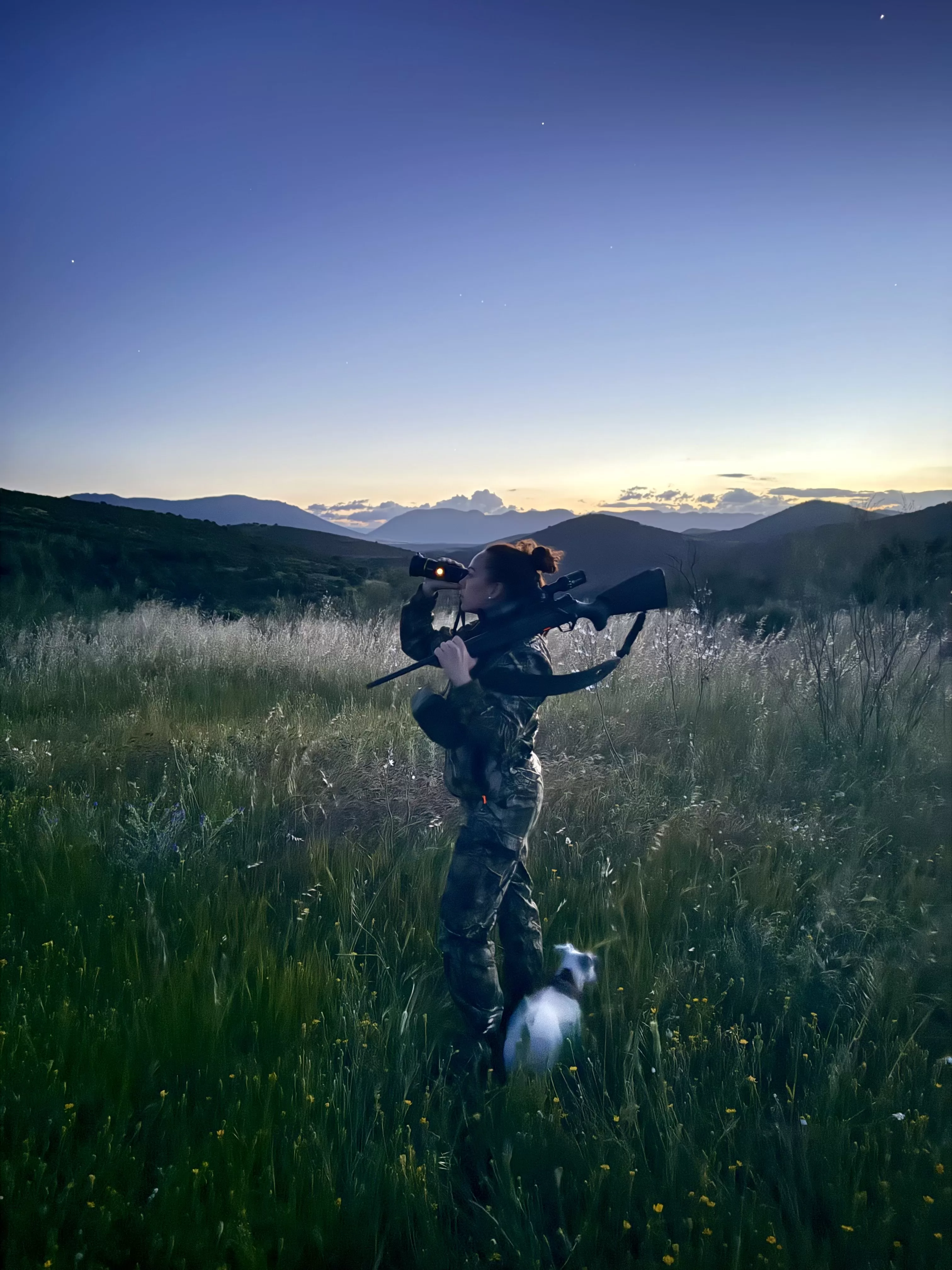Can You Use a Thermal Scope During the Day?
Thermal imaging technology operates on fundamentally different principles than conventional daylight optics, with important implications for daytime performance. Unlike traditional scopes that rely on ambient light, thermal imaging devices detect heat energy (mid-to-long-wavelength infrared radiation) naturally emitted by all objects above absolute zero. This detection principle functions independently of visible light conditions, allowing thermal scopes to operate effectively during both day and night. Modern thermal riflescopes utilize microbolometer sensors to detect temperature differences as small as 0.05°C, converting these thermal signatures into visible images. This technology enables thermal scopes to create clear images based solely on heat differentials, regardless of lighting conditions. The Pixfra Mile 2 Series thermal riflescopes exemplify this capability, employing advanced 384×288 resolution sensors with 40mK thermal sensitivity that functions continuously across the full 24-hour cycle without performance degradation during daylight hours. The European Thermal Optics Association explains: “Thermal imaging fundamentally detects heat signatures rather than light, creating a common misconception that these devices function only at night. In reality, modern thermal riflescopes operate with identical detection capabilities throughout the 24-hour cycle, with 93% of surveyed European professional hunters reporting equivalent detection performance during daylight and nighttime operations.” This operational principle creates distinct advantages for European hunters facing challenging environmental conditions even during daylight hours, including fog, rain, light brush, and situations where animals blend with background vegetation. Unlike conventional optics that require light contrast for target detection, thermal scopes require only temperature differential, allowing detection of heat-producing game animals even when visually camouflaged against similar-colored backgrounds. Daytime Performance Thermal riflescope performance during daylight hours remains fully functional, though certain environmental and technical factors influence optimal usage scenarios for European hunting applications. Understanding these performance characteristics helps European hunters determine when thermal technology offers advantages over conventional daylight optics even in full sunlight conditions. Detection capability—the ability





